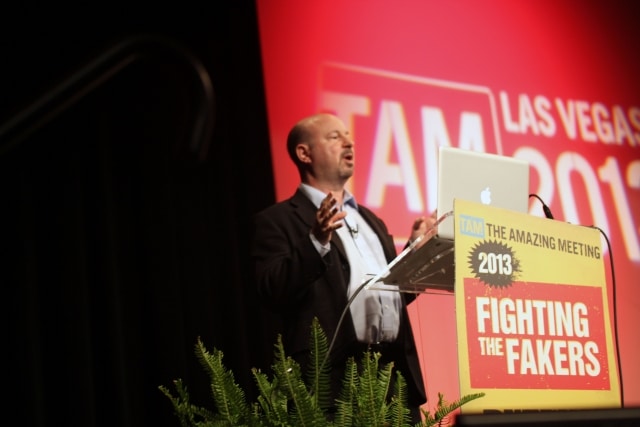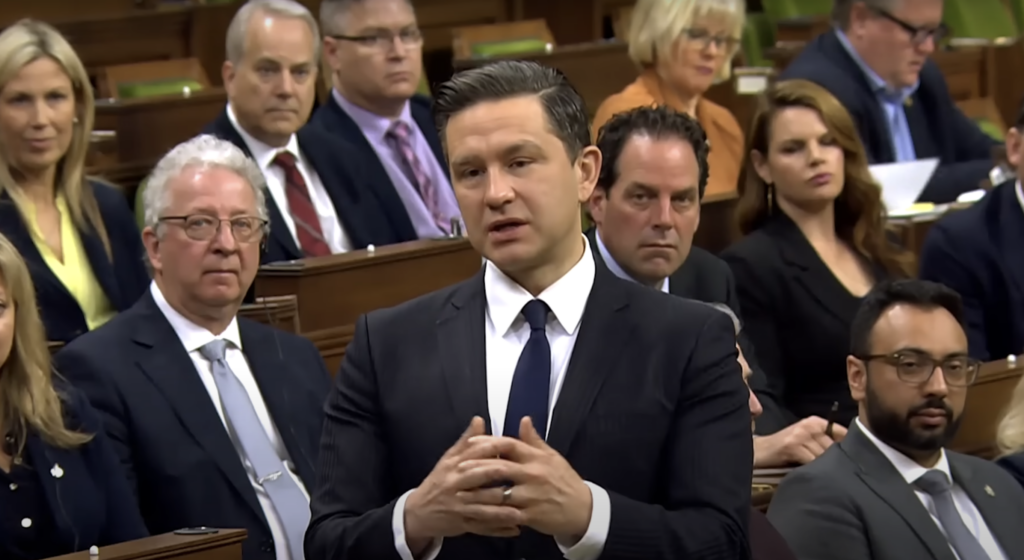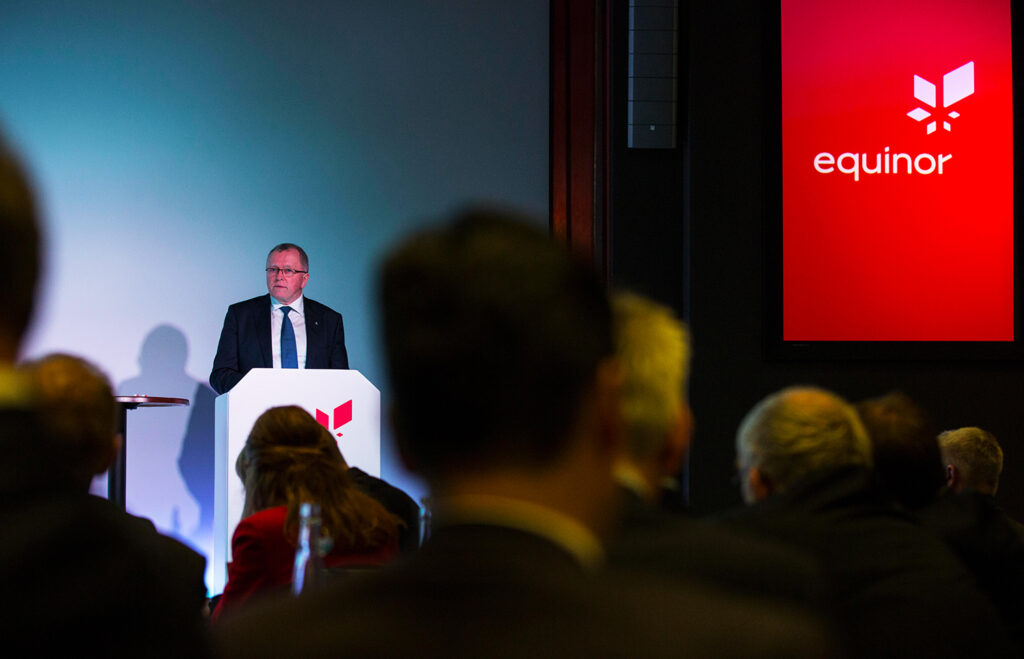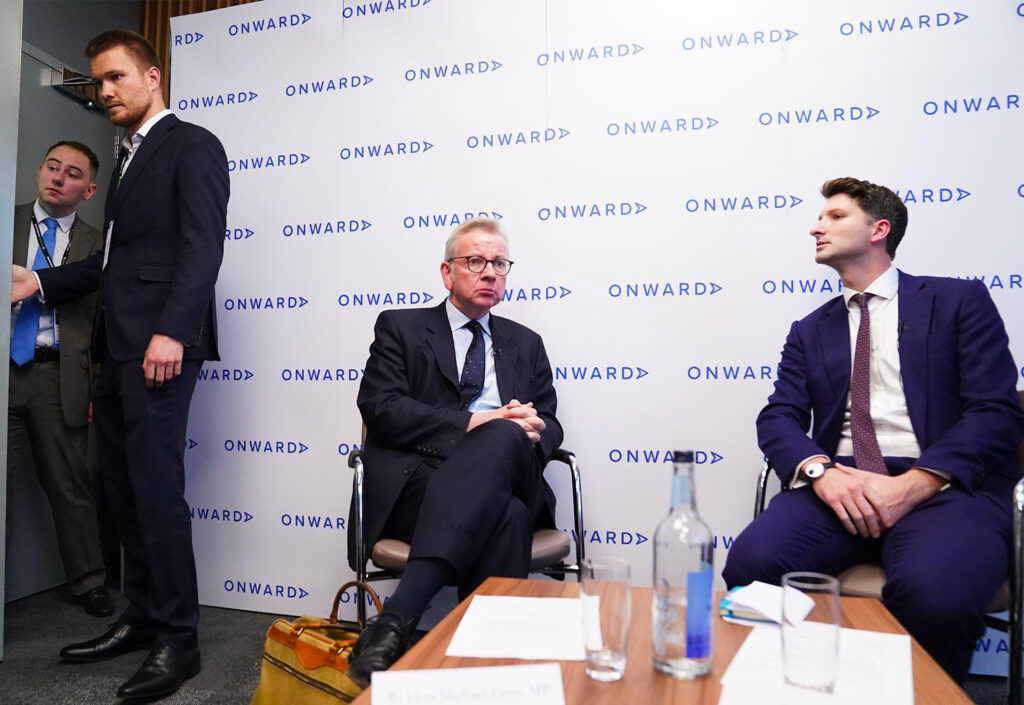Our DeSmog UK epic history series continues with a look at the creation of Michael Mann’s hockey stick graph and the counter-attack launched by the climate deniers.
Michael Mann was “still relatively fresh” out of graduate school when his work demonstrating the rise in global temperatures caught the attention of senior climate scientists. He was quickly selected as lead author for a new report on climate change.
The paper by Mann, and Professor Raymond Bradley and Professor Malcolm Hughes was titled Global-Scale Temperature Patterns and Climate Forcing Over the Past Six Centuries. It introduced into the scientific literature what would soon become known as the ‘hockey stick’ graph.
The scientists estimated the global average temperature of the world over the last 600 years using ‘proxy’ information such as tree rings and ice cores when thermometer readings were not available.
The study concluded that the heat from the sun and dust from volcanoes had caused climate changes in the past “with greenhouse gases emerging as the dominant forcing [sic] during the twentieth century.”
‘Warmer Than Any Other Year’
The paper, which became known among scientists as MBH98 (using the first initial of each author’s surname), set out the stark and worrying finding that temperatures in the northern hemisphere during three of the past eight years were “warmer than any other year since (at least) AD 1400.”
The publication of this breakthrough scientific paper landed on Earth Day, 22 April 1998, and coincided with the warmest winter America had experienced in recorded history.
Mann recalled: “I was caught completely off-guard by the amount of media attention the article received … some commentators attached an almost diabolical significance to the timing, as if nature was somehow conspiring with the world’s environmental activists.”
The hockey stick graph was improved the following year with MBH99 which took the proxy records even further back in time.
Most Convincing Illustration
The hockey stick was by far the simplest and most convincing illustration showing that the current rise in global temperatures was unprecedented and that something truly fundamental was happening to the earth’s climate.
Many scientists who had until then remained sceptical of climate change were convinced and the headlines and broadcasts meant that large swathes of the public were simultaneously concerned about the activities of the oil companies, the profligate use of coal and oil in developed countries, and the amount of carbon dioxide pouring into the atmosphere.
The oil-funded sceptics recognised the threat posed by this scientific paper and immediately launched a counter-offensive.
Sceptic Attack
The sceptic Richard Lindzen, a Massachusetts Institute of Technology professor and fellow at the Exxon-funded Cato Institute, attacked Mann through the pages of the American. He claimed that the MBH99 hockey stick reconstruction used tree rings from only four locations, when in fact the paper used data from 34 independent sites as well as results from ice cores.
Patrick Michaels, also from the Cato Institute, used his Western Fuels Association-funded website, the World Climate Report, to attack the first hockey stick. He authored Science Pundits Miss Big Picture Again in May 1998 and then three months later published an article by Drs Willie Soon and Sallie Baliunas of the Harvard–Smithsonian Center for Astrophysics.
When Mann wrote to Michaels, the sceptic agreed to publish his reply on the same website.
Mann told me: “At that point, I still believed there was some level of good faith here. I hadn’t completely dismissed Michaels at that point. I quickly learnt as things escalated that there was nothing fair at all about the way they conducted themselves and the increasingly dishonest nature of the criticisms.”
Fred Singer of the sceptic Science and Environmental Policy Project also joined the fight and, in May of the following year, held a press conference on Capitol Hill in Washington with the apparent aim being to persuade policymakers that Mann should not be trusted as a scientist.
McIntyre’s Curiosity
Steven McIntyre, a millionaire minerals and mining consultant living in Toronto, Canada, was among the members of the public who would stumble across the hockey stick in the national media. He was not a climate scientist but had excelled at maths as an undergraduate at Cambridge University and still enjoyed a challenge.
He thought he recognised the hockey stick from the bogus-looking business proposals that would cross his desk with depressing regularity, showing that a lacklustre company was about to hit the big time.
McIntyre was curious and began, independently, to research Mann and his paper on the internet. It was the beginning of a journey that would see the two men engage in a hot-tempered duel over the truth that would be reported breathlessly by the international media and would ultimately culminate in the Climategate email hacking.
Our DeSmog UK epic history series will continue with the merger between two oil giants, Exxon and Mobil.
Photo: Wikipedia Commons
Subscribe to our newsletter
Stay up to date with DeSmog news and alerts






